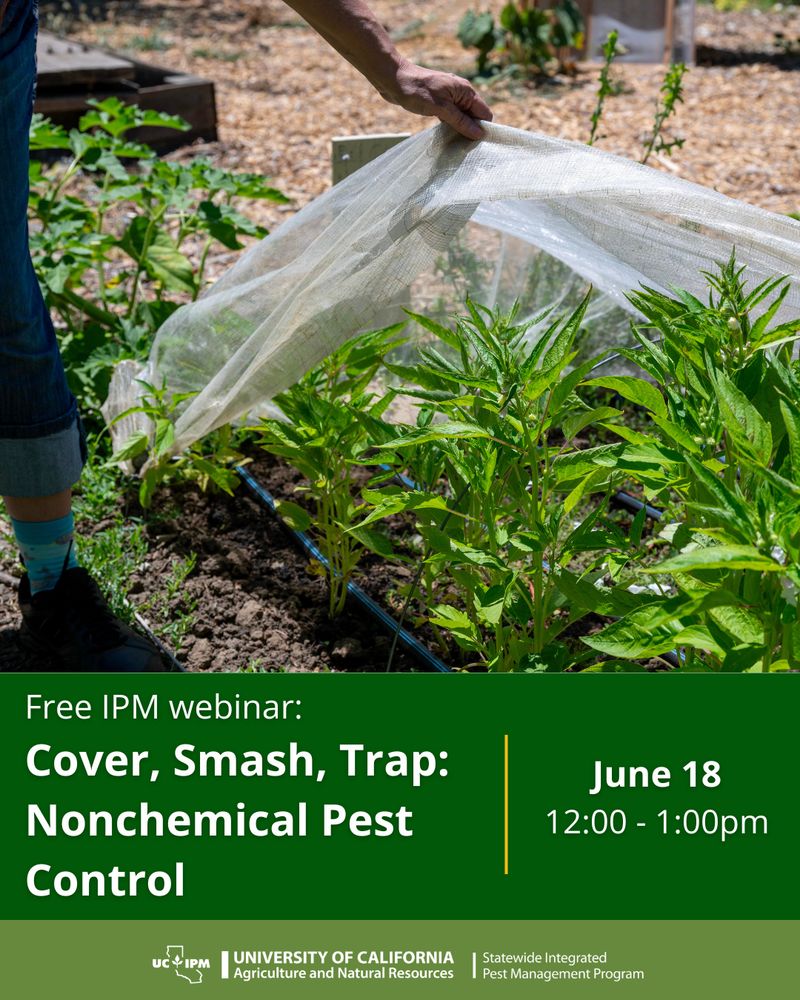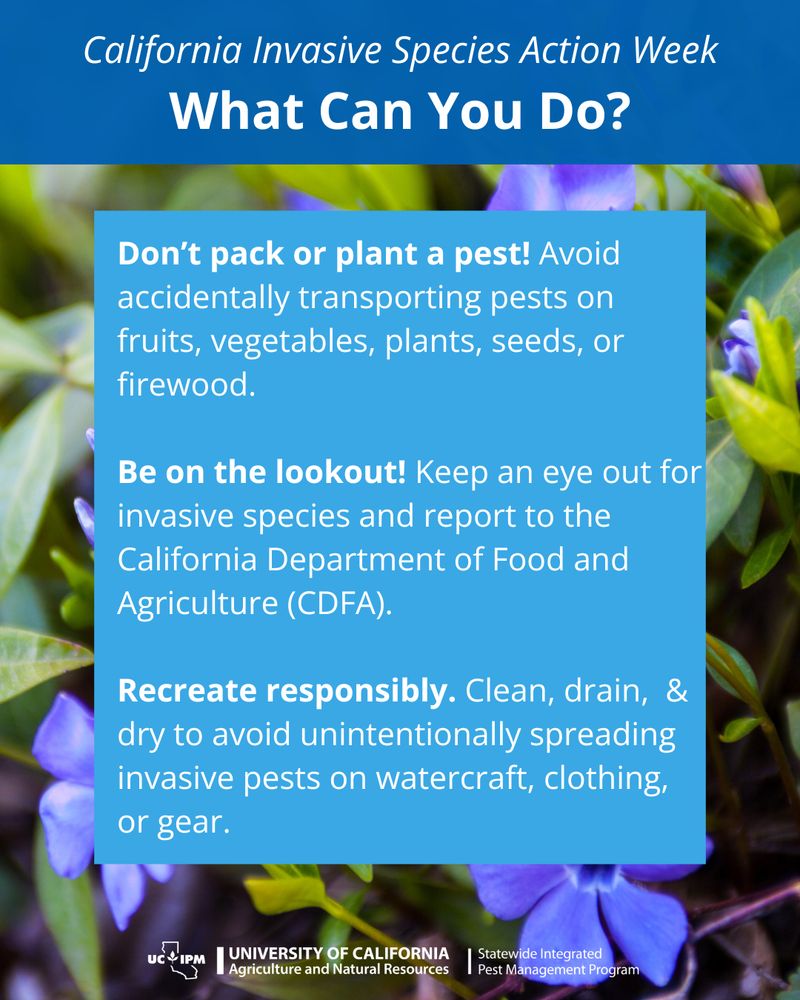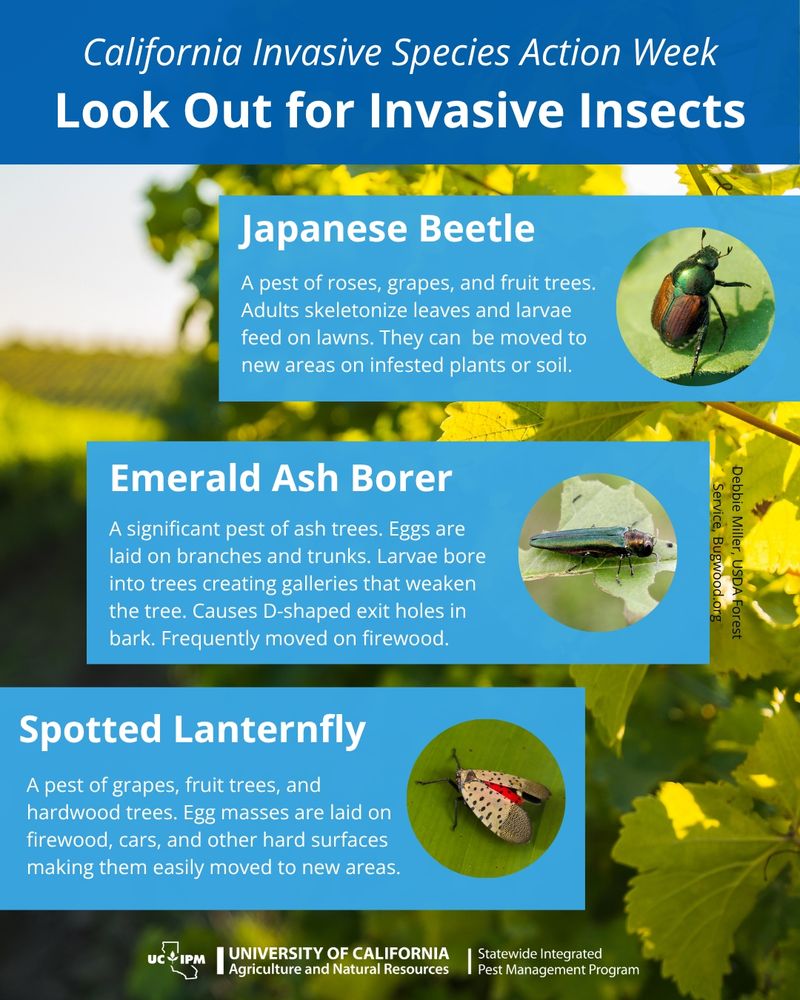UC IPM - Urban & Community
@ucipmurban.bsky.social
29 followers
33 following
29 posts
Helping Californians manage pests in the home, garden, and landscape using safer and more sustainable methods. 🪴🐞🏡🧪
University of California IPM Program (UC IPM)
https://ipm.ucanr.edu/
Posts
Media
Videos
Starter Packs


























